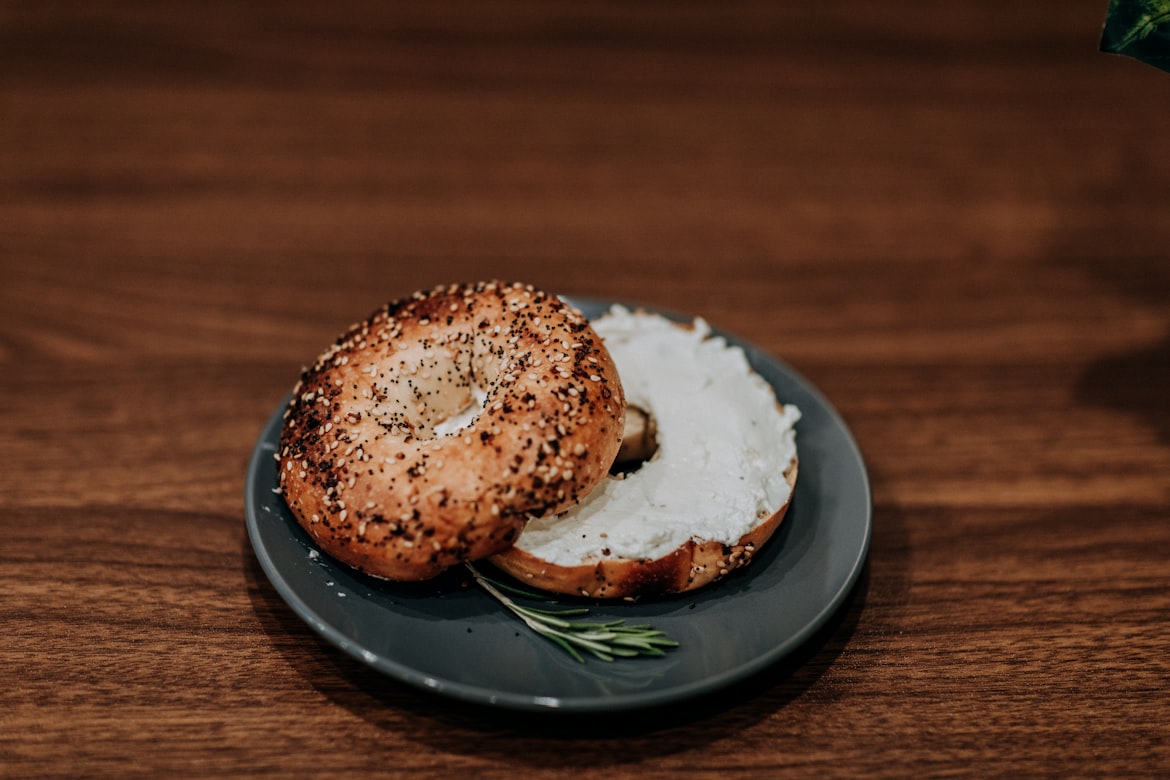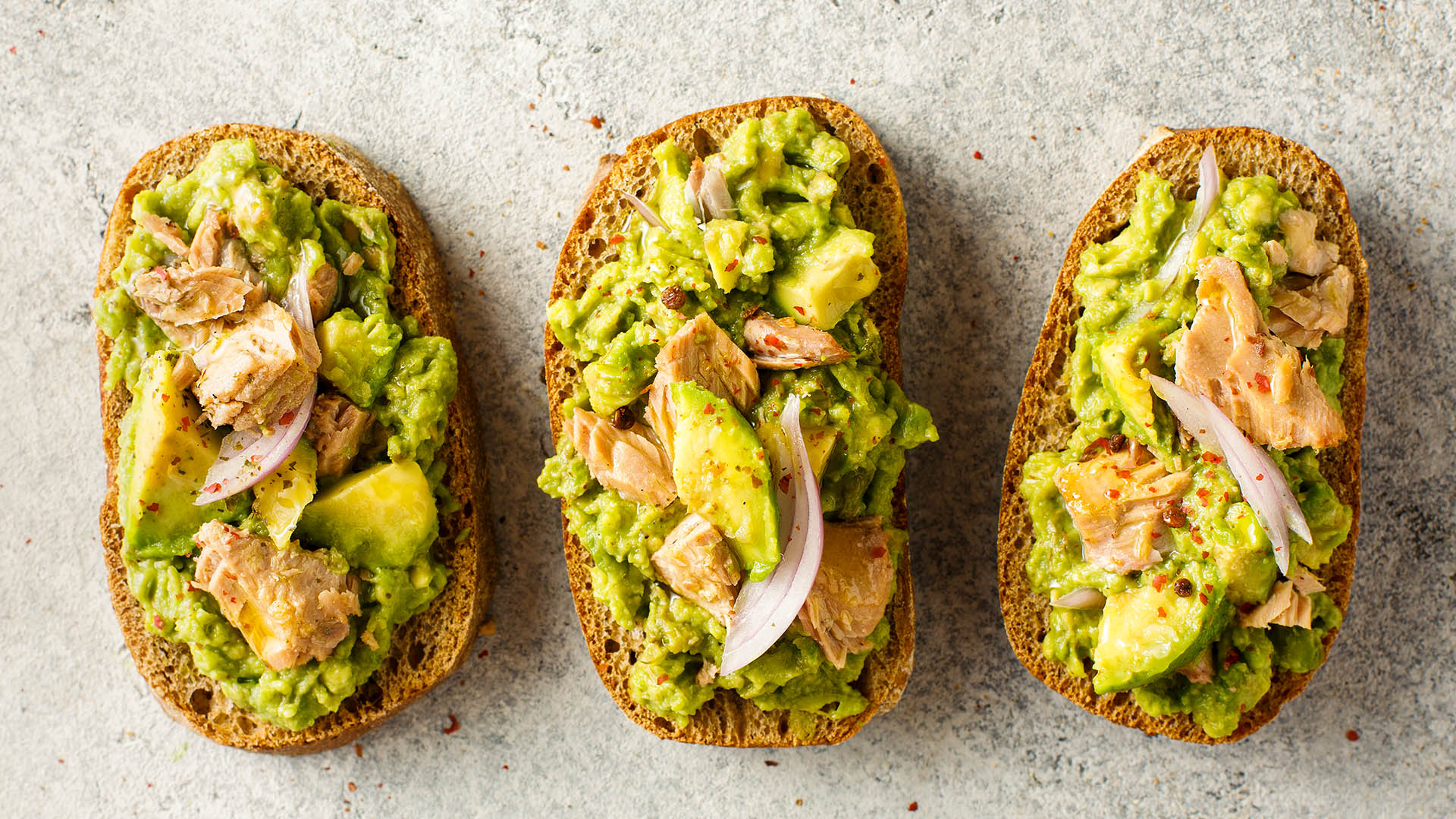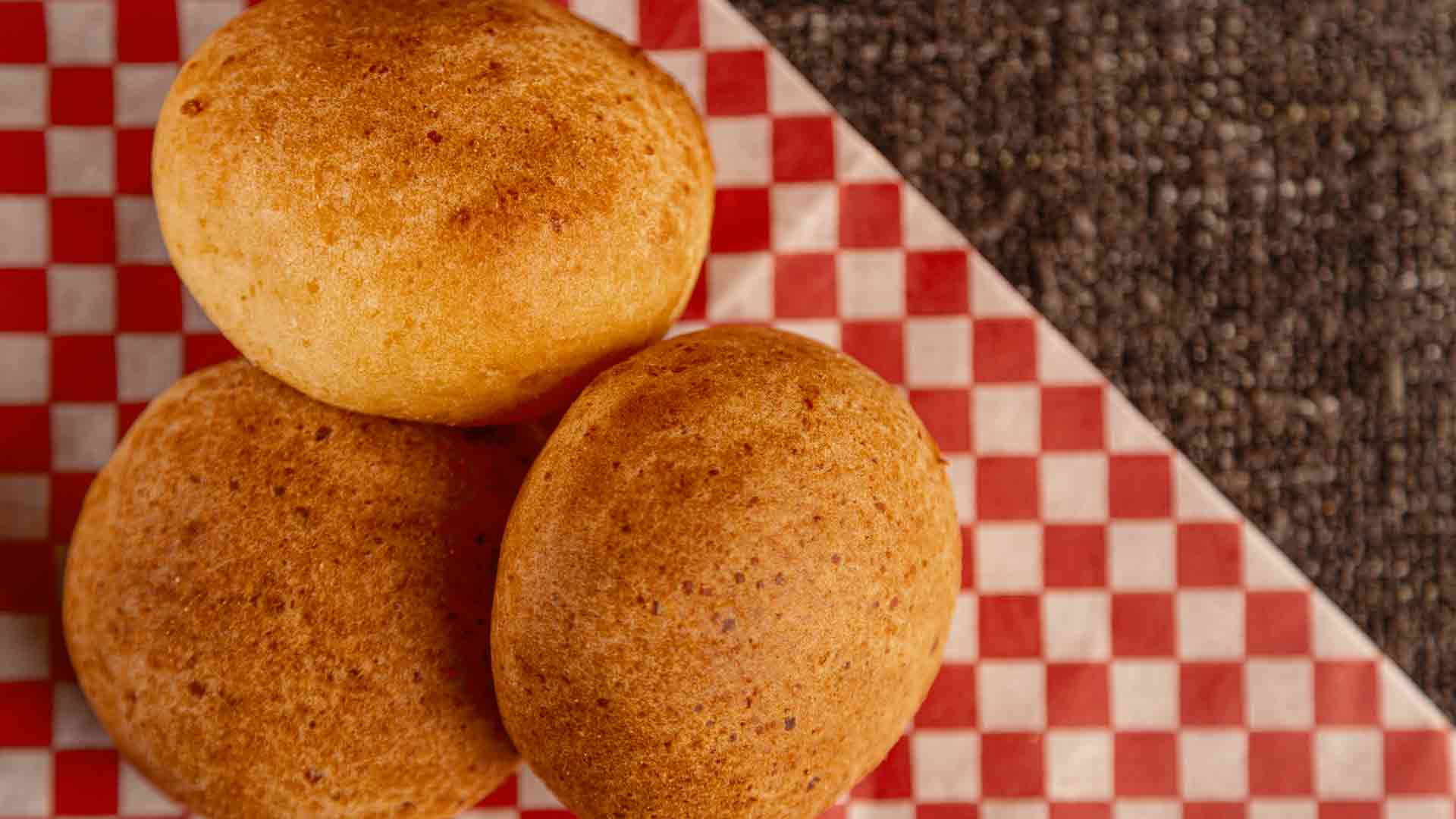The humble bagel, with its chewy interior and crisp crust, has become a breakfast favorite...
Russia, with its vast landscapes, rich history, and diverse cultural influences, offers a breakfast experience...
Venezuela, a country known for its warm people, diverse landscapes, and rich cultural heritage, offers...
Chile, a country stretching along the western edge of South America, is renowned for its...
Smashed avocado, with its creamy texture and versatile flavor, has become a breakfast sensation celebrated...
Ireland, known for its rich cultural tapestry and warm hospitality, takes breakfast seriously. The traditional...
Colombia, a country known for its diverse landscapes and vibrant culture, also boasts a breakfast...






